“I have purchased your phosphate test strips. I’m a bit confused with the scale of the results. We are testing creek water and expected phosphate from a clean creek is below 0.025 for Australian Standards. Even for saltwater aquariums, the acceptable level is 0.03ppm. As the results in your strips are measured from 0-100ppm in 10ppm intervals, I wonder if I have the wrong strips or is there a misinterpretation of results. Could you please clarify?” -Ligia
Great question, Ligia. We get a lot of questions about the use of our Phosphate test strips, as these aren’t as straightforward as say, pH test strips. There might be some additional calculations or steps involved, so let’s get to it.
Our Phosphate test strips measure orthophosphates as Phosphorous. The color chart has values at 0, 10, 25, 50, and 100 ppm Phosphorous. The color chart was developed using the test strip and measuring the response to standards made from potassium phosphate in water. In potassium phosphate, KH2PO4, (molecular weight = 136), phosphorous (molecular weight = 31) represents about 22.8 %. A 100ppm phosphorous standard is prepared by dissolving 44 mg of potassium phosphate in 100 mL of water.
44 mg KH2PO4 x 0.228 = 10 mg of phosphorous in 100 mL
OR
10 mg/0.100 L which is 100ppm (mg/L)
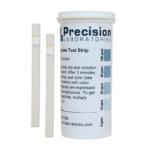 If you need to know what the concentration is in terms of phosphate ions (PO4-3), multiply the values associated with the color blocks by 3. In other words, a result of 10ppm phosphorus can also be expressed as a result of 30ppm phosphate.
If you need to know what the concentration is in terms of phosphate ions (PO4-3), multiply the values associated with the color blocks by 3. In other words, a result of 10ppm phosphorus can also be expressed as a result of 30ppm phosphate.
This test strip is useful for measuring relatively high levels of phosphorous, such as in detergent solutions. The test strip isn’t sensitive enough to measure phosphate levels typically found in drinking waters (ppb not ppm) or the clear streams or aquariums as mentioned in this question.
We do not have a test strip that measures phosphate levels this low. You might consider an alternative, such as this low range phosphate test strip from LaMotte. This test strip detects levels down to ppb.


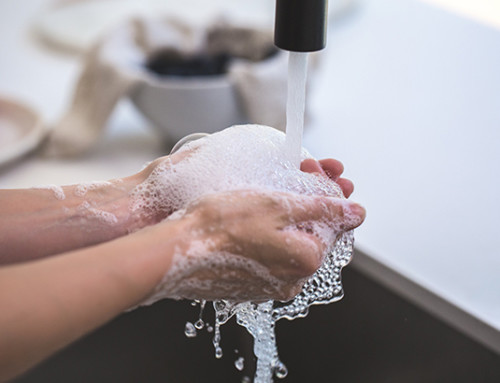
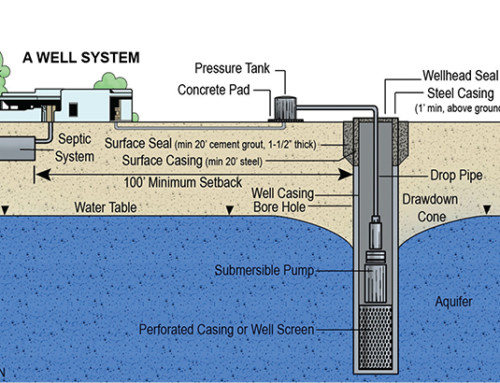
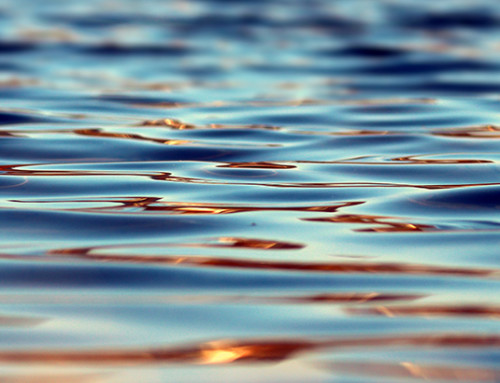
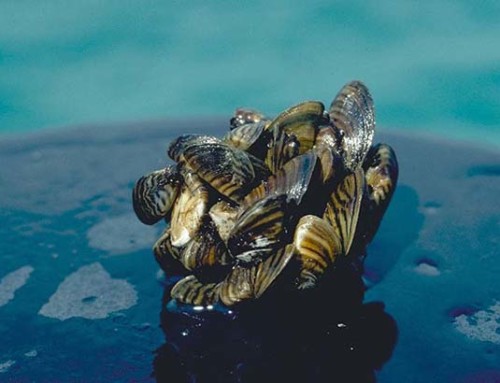
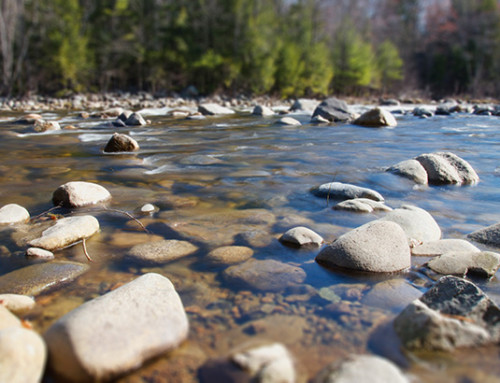
Leave A Comment